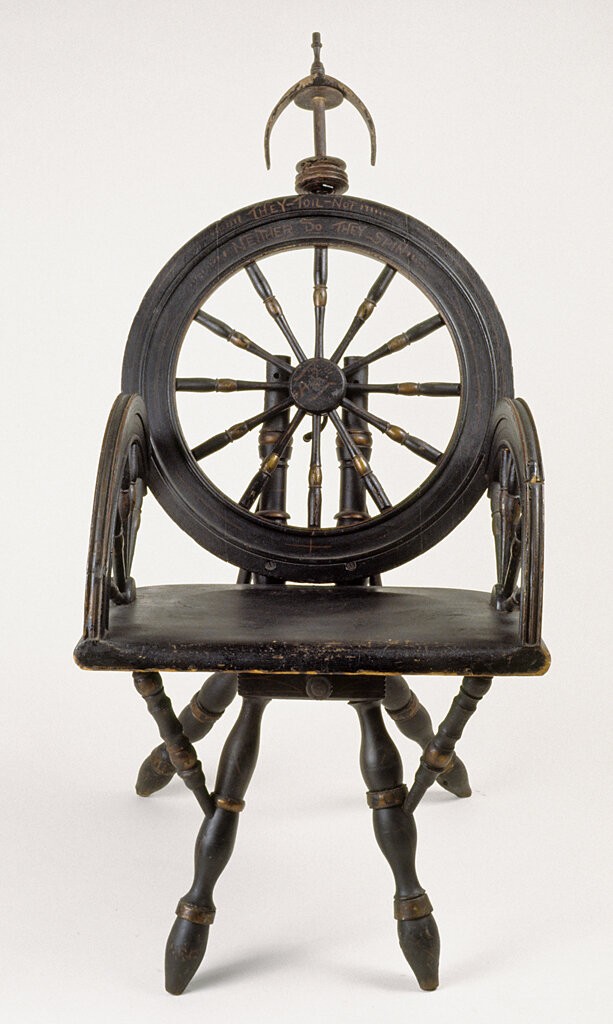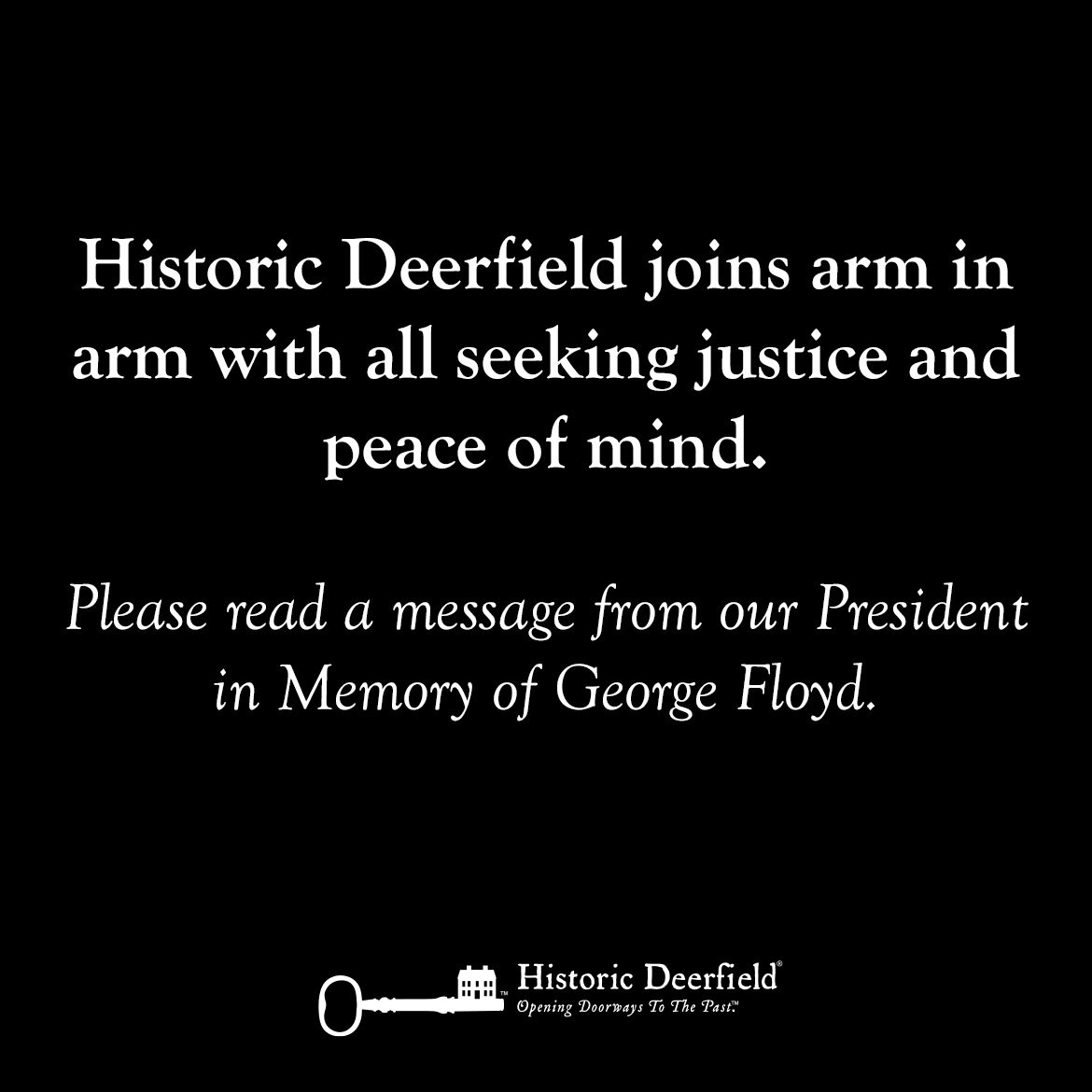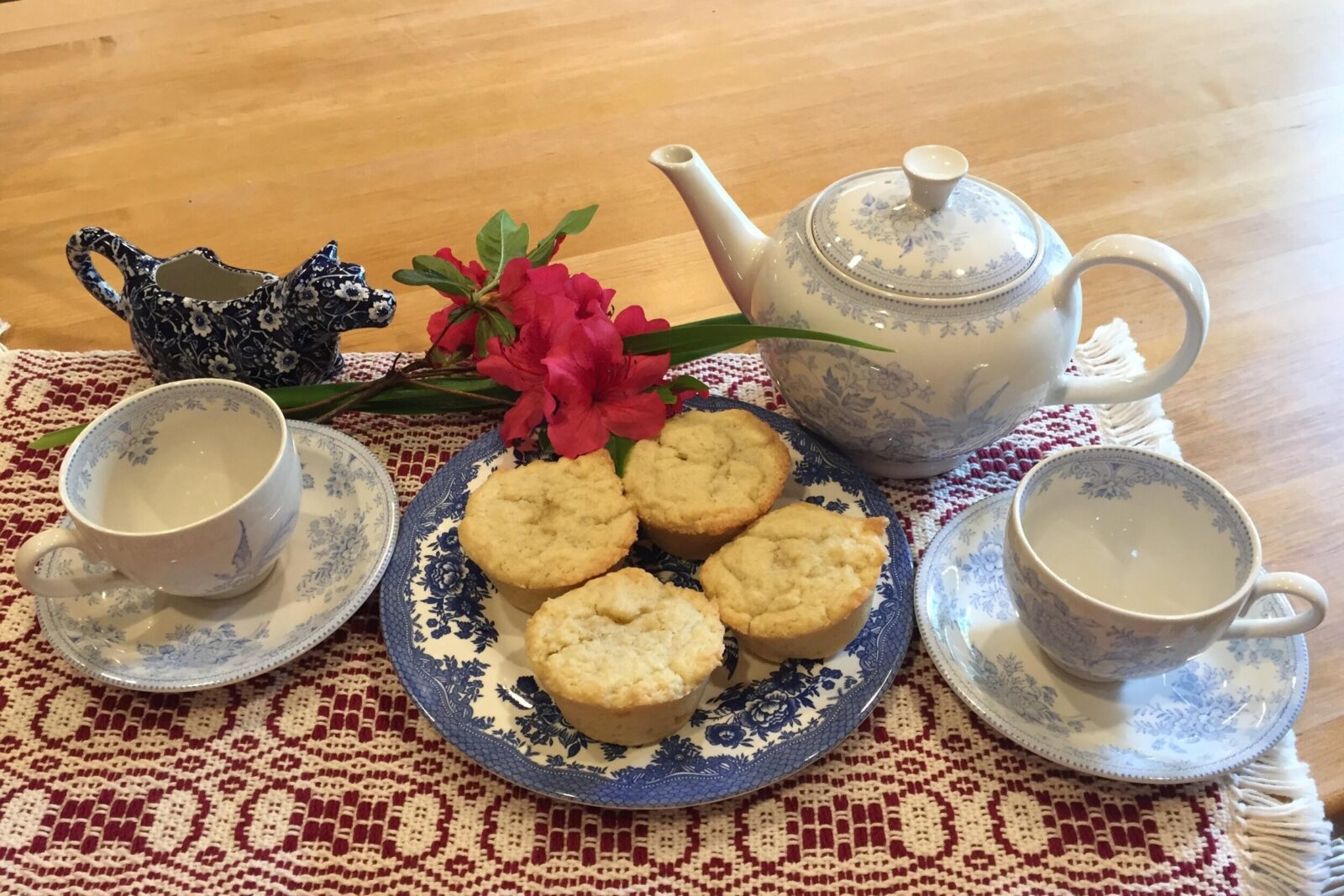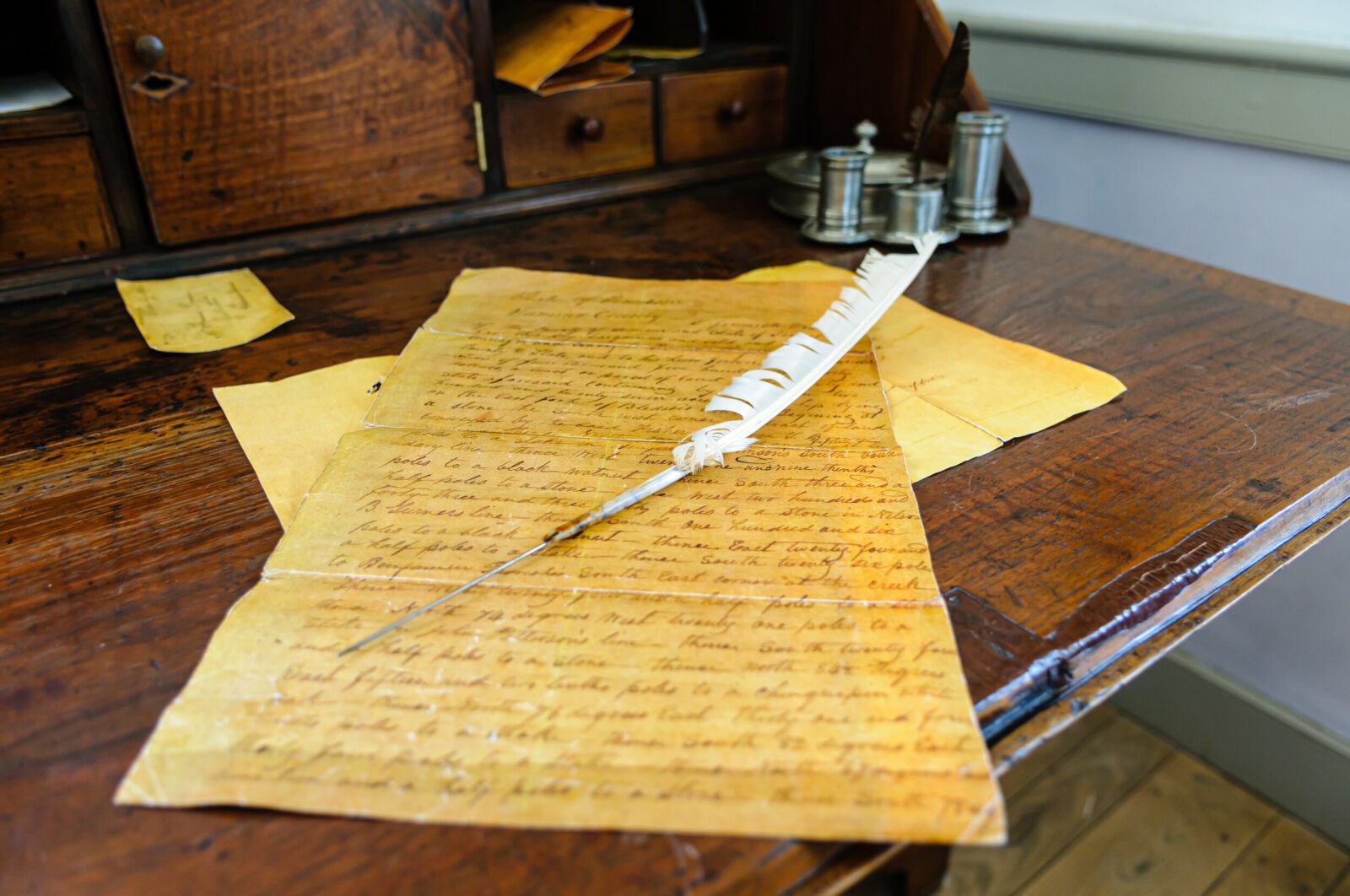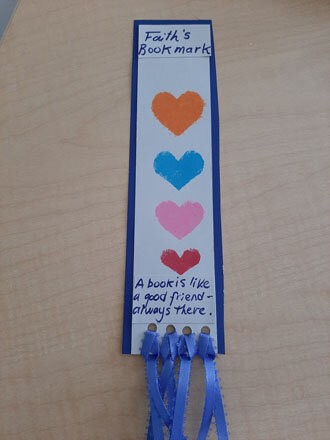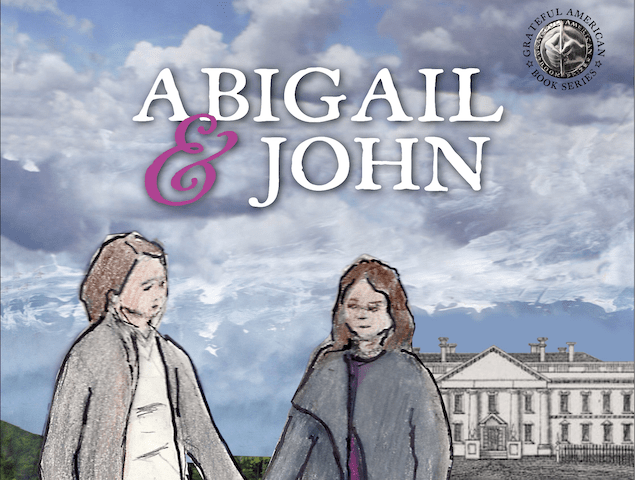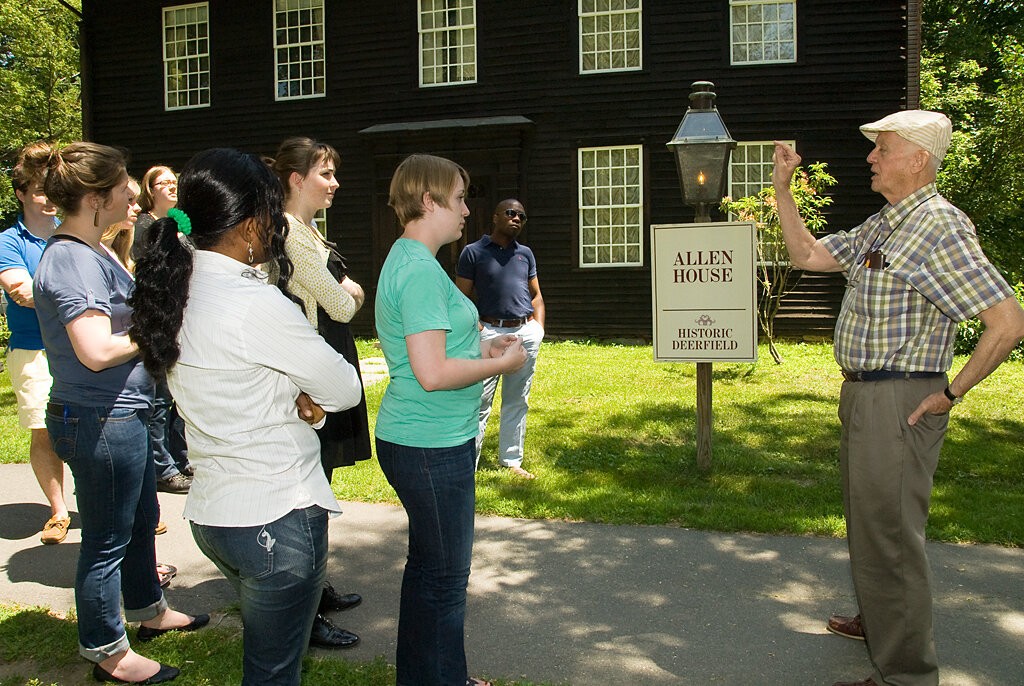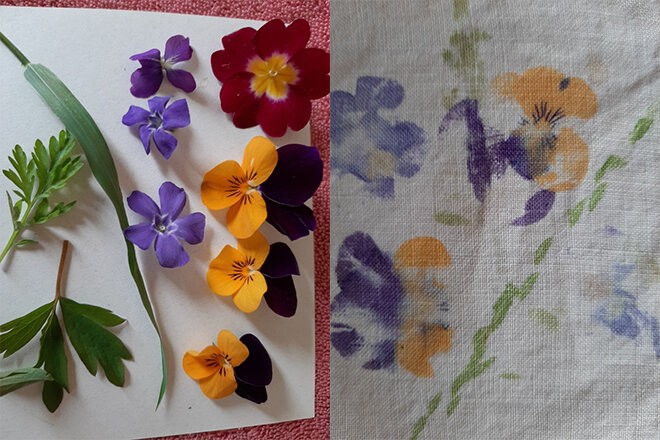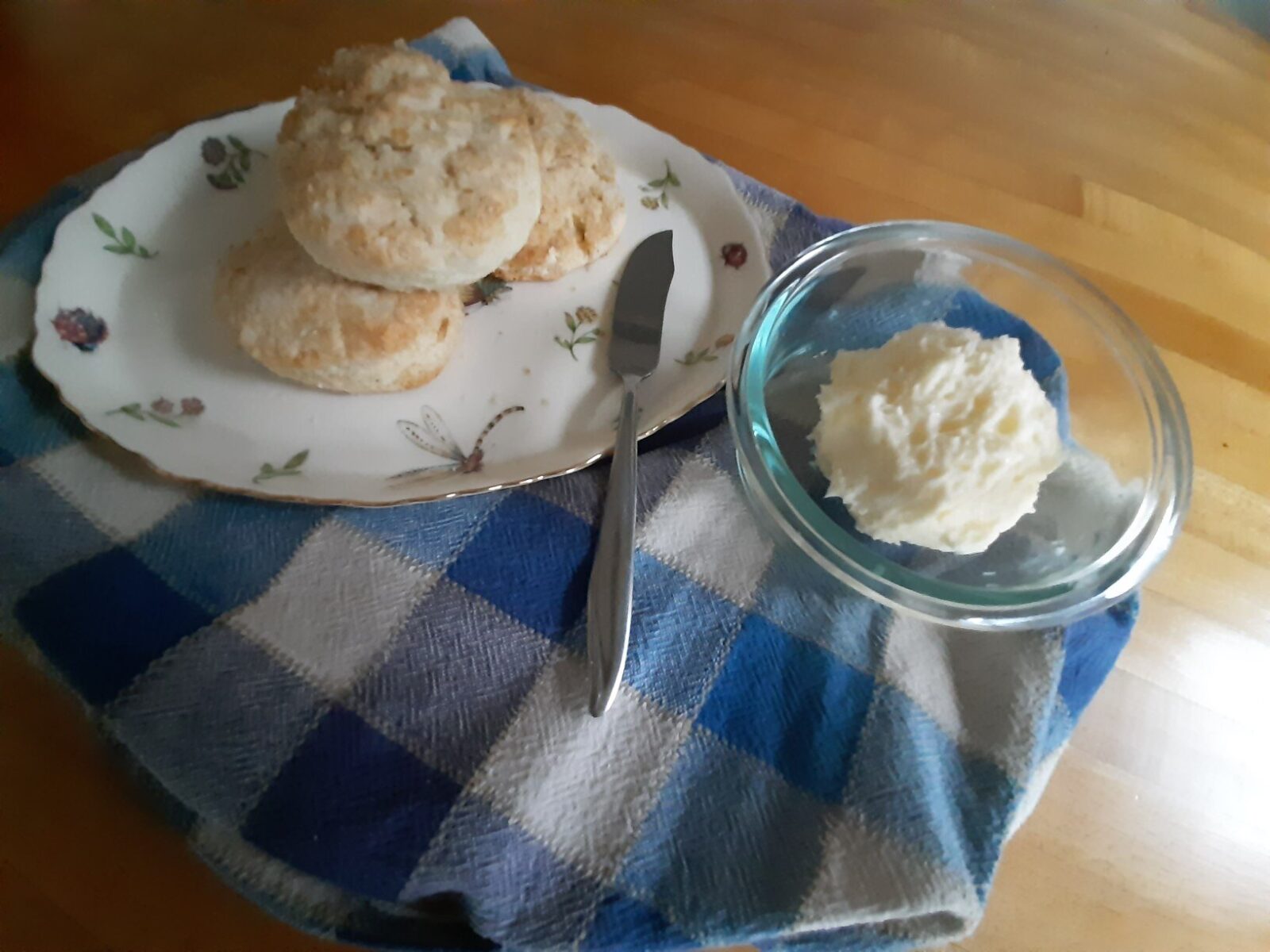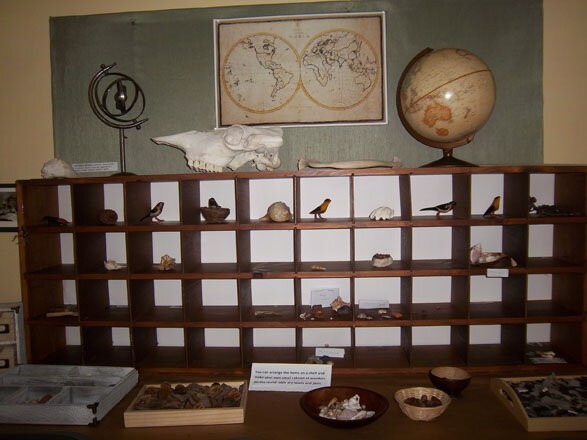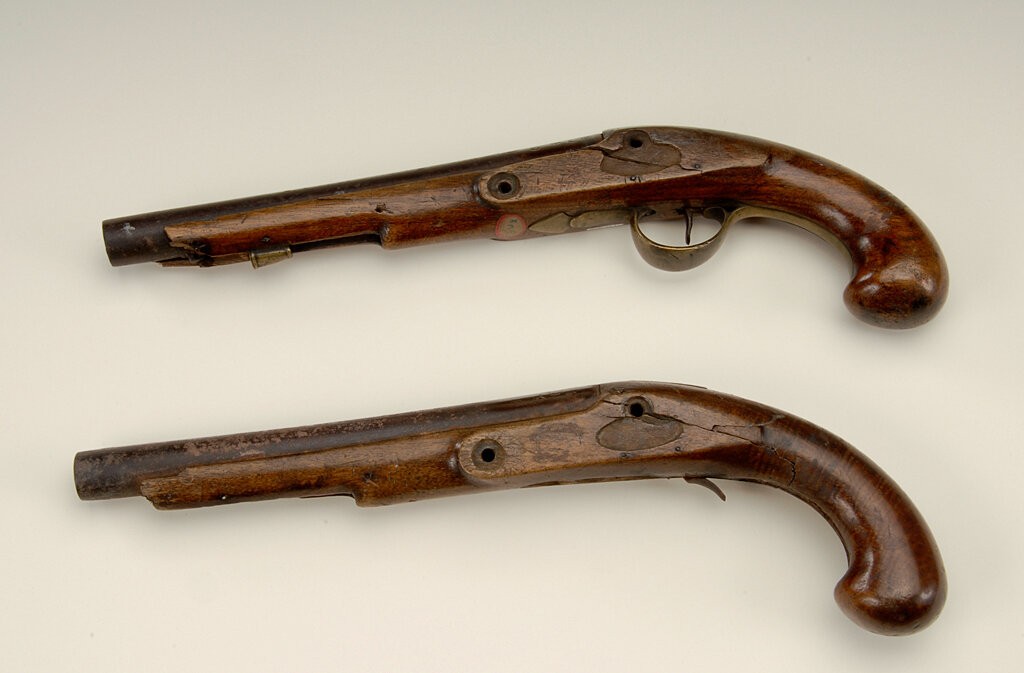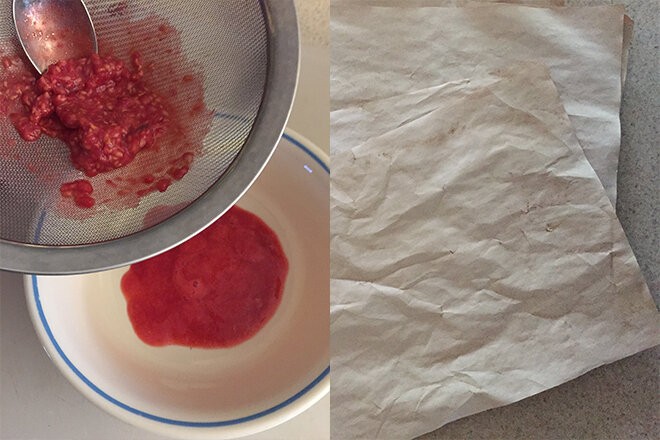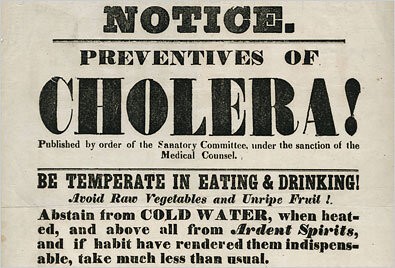This Monday we have adapted an activity from a garden program that we have offered at Historic Deerfield during previous Junes. At the History Workshop, we have a teaching garden. Every year we feature plants like flax, broom corn, herbs and vegetables that support our interpretive programs.
The Village Broadside
The Blog of Historic Deerfield
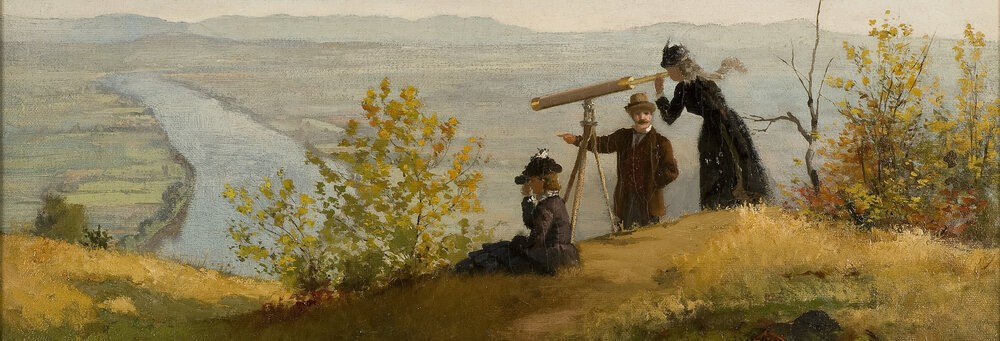
An Object I Love
Every object has multiple meanings. Usually these need to be discerned or discovered—there’s the obvious meaning of what an object is and how it was used as well as the layers of secret meanings with which people endow the objects in their lives.
Unusually, this chair makes that process blatant.
Chairs are for sitting; spinning wheels for spinning fibers. Not anymore. Now spinning wheels are for sitting—and for an ideological respite at that.
In Memory of George Floyd
HIstoric Deerfield joins arm in arm with all seeking justice and peace of mind. Please read a message from our President in Memory of George Floyd.
Tea Time, Anytime: All About Tea
This Monday we have something a little different for you. It is an activity that comes from a popular program we have offered called “All About Tea,” where we like to offer visitors the opportunity to sit and enjoy teatime. So today, we want to offer you a virtual tea party!
A Blog About Abigail and John, Part 2: Friendship with Thomas Jefferson
In this second post of our blog about Abigail and John Adams, author David Bruce Smith explores the relationship between John Adams and Thomas Jefferson.
Fun with Stencils: Make a Bookmark
Americans practiced the art of stenciling extensively during the early decades of the nineteenth century. Learn the history of stencil art, and how to make your own stencil and bookmark in this activity.
Historic Deerfield President and CEO Philip Zea to Retire in Spring 2021
Historic Deerfield, Inc., announced today that its President and Chief Executive Officer, Philip Zea, intends to step down and retire in the Spring of 2021. Zea has led Historic Deerfield since 2003. He also served Historic Deerfield for 18 years earlier in his career, from 1981 to 1999, concluding as Deputy Director and Chief Curator.
Making a Cup Cake – Baking with Lydia Maria Child
We have so appreciated your response to our Maker Mondays Blog and have enjoyed the emails and photos you have sent us. From your feedback, we know that our Butter and Biscuit blog was a favorite so we thought we would offer another baking project. This one is a cake recipe that comes from a book published in 1829.
Making and Keeping a Journal, Part 2
Last week we explained how to make a journal. We hope you were successful and had fun: maybe you have started writing, drawing or making notes in your journal. This Maker Monday we would like to introduce you to some ideas about journal keeping.
A Blog about Abigail & John, Part 1
This is the first part of a continuing series of blog posts with author David Bruce Smith about Abigail and John Adams. Historic Deerfield’s resident historians will pose questions to Smith, who is the author of Abigail & John …
Deerfield River Valley Mysteries: How the Glacier Age and other geologic events shaped Historic Deerfield and Surroundings (Part 2)
Several miles downstream from Shelburne Falls, the Deerfield valley widens into the familiar Historic Deerfield landscape of terraces and floodplains. The Deerfield River is very strange in this area, it flows north, just opposite of what would be expected. As a tributary to the southerly flowing Connecticut River, the Deerfield should flow diagonally into it, not opposite of the master stream. What mysteries are here! Beside its unexpected flow direction, why is the valley so wide and how did all the various flat terrace levels come about?
Making and Keeping a Journal
Today’s Maker Mondays offering will be part one of a two-week activity. Today, we will show you how to make a journal. Next Monday we will explain some methods of journal writing and share samples of journals from Historic Deerfield’s archives. While you are making your journal this week, you can think about what you would like to put in your journal.
Deerfield River Valley Mysteries: How the Glacier Age and Other Geologic Events Shaped Historic Deerfield and Surroundings (Part 1)
Why is the land in Deerfield, and the surrounding area so fertile? Were the potholes in Shelburne Falls really made by a glacier? Learn about the natural history of the Deerfield River and how it shaped the landscape we have today in this guest blog by Professor Dick Little.
Buds and Blossoms: Inspired by Flowers
This week’s Maker Monday is inspired by spring flowers.
We wanted to show you an easy way of capturing the ephemeral beauty of flowers. Follow step-by-step directions for making a flower print by pounding petals!
Butter and Biscuits
This week’s Maker Monday is inspired by food history and the love of butter and freshly baked buttermilk biscuits.
Curiosity and Wonder: Exploring Collections
This week’s Maker Monday is inspired by curiosity and the love of collecting. The heart of every museum is its collection of objects.
How (not) to Start a Revolution?
On a fateful spring morning on Lexington’s town green in 1775, members of the local minute company confronted a contingent of British regular infantry on their way to Concord to destroy militia military supplies. The British soldiers opened fire when a shot was fired from an unknown source; eight militiamen died. Later that day, colonial militia and British forces opposed one another again, this time at Concord’s North Bridge
Make Your Own Homemade Berry Ink and Fake Old Paper
Make your own berry ink and old paper at home, and write with a quill pen.
The Fear of Cholera in 19th Century Deerfield
As the COVID-19 pandemic rages across the world, it is important to remember that this is not the first pandemic the world has faced. Often the 1918 influenza is mentioned as the last great world-wide pandemic. While this is true, an earlier pandemic of cholera from the 19th century as documented by Epaphras Hoyt (1765-1850) of Deerfield, shows that our reactions to the disease are very similar to Hoyt’s.

